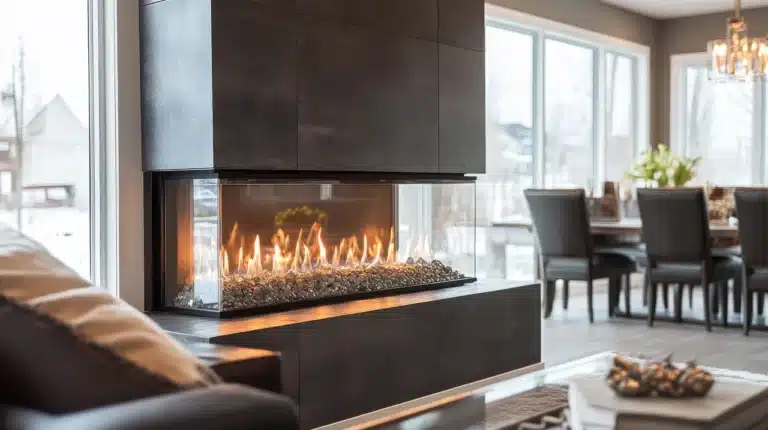Gas fireplaces have become increasingly popular due to their convenience, efficiency, and clean-burning properties. However, like any heating appliance, they come with potential risks that need to be addressed to ensure safe operation. In this comprehensive guide, we’ll explore the essential safety measures for gas fireplaces, helping you create a warm and secure environment in your home.
Understanding Gas Fireplace Risks
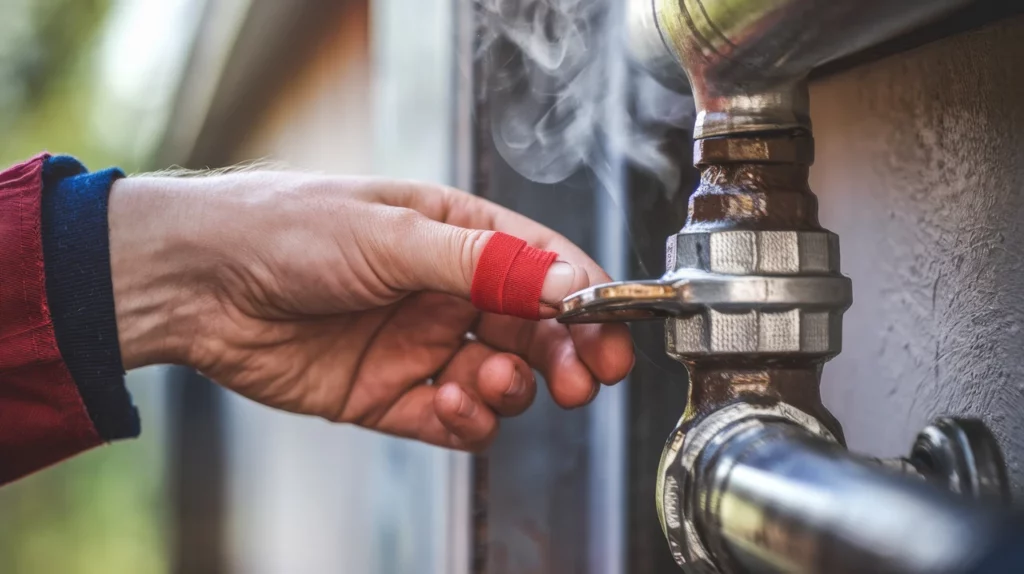
Before diving into safety measures, it’s crucial to understand the potential risks associated with gas fireplaces:
- Carbon monoxide poisoning
- Gas leaks
- Burns from hot surfaces
- Fire hazards
- Oxygen depletion in poorly ventilated spaces
Essential Safety Features
Modern gas fireplaces come equipped with several safety features designed to mitigate risks:
| Safety Feature | Function |
| Oxygen Depletion Sensor | Shuts off gas if oxygen levels drop |
| Thermocouple | Cuts gas flow if pilot light goes out |
| Glass Safety Screen | Prevents direct contact with hot glass |
| Automatic Shut-off | Turns off fireplace after a set time |
| Child-safety Lock | Prevents accidental activation |
This table outlines key safety features found in modern gas fireplaces. The Oxygen Depletion Sensor shuts off the gas supply if oxygen levels in the room become dangerously low. The Thermocouple cuts off gas flow if the pilot light extinguishes. A Glass Safety Screen prevents direct contact with the hot glass front. An automatic shut-off feature turns off the fireplace after a predetermined time for added safety. Lastly, a child safety lock prevents accidental activation by curious children.
Installation and Maintenance
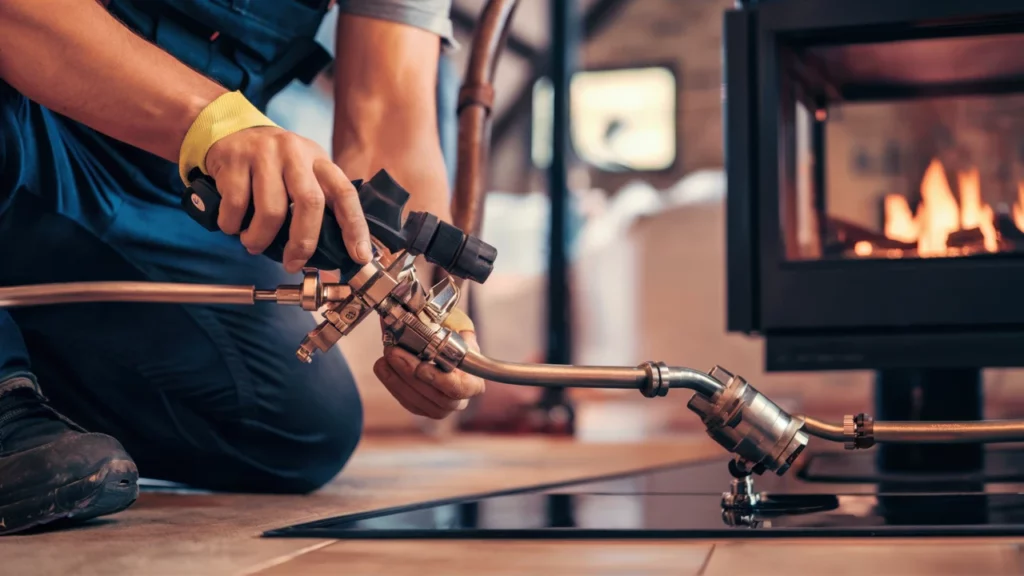
Proper installation and regular maintenance are crucial for gas fireplace safety:
- Professional installation: Always have a certified technician install your gas fireplace.
- Annual inspections: Schedule yearly check-ups with a qualified professional.
- Chimney cleaning: For vented models, have the chimney cleaned regularly.
- Vent checks: Ensure vents are clear of debris and properly sealed.
- Replace batteries: Change batteries in remote controls and carbon monoxide detectors annually.
Ventilation Requirements
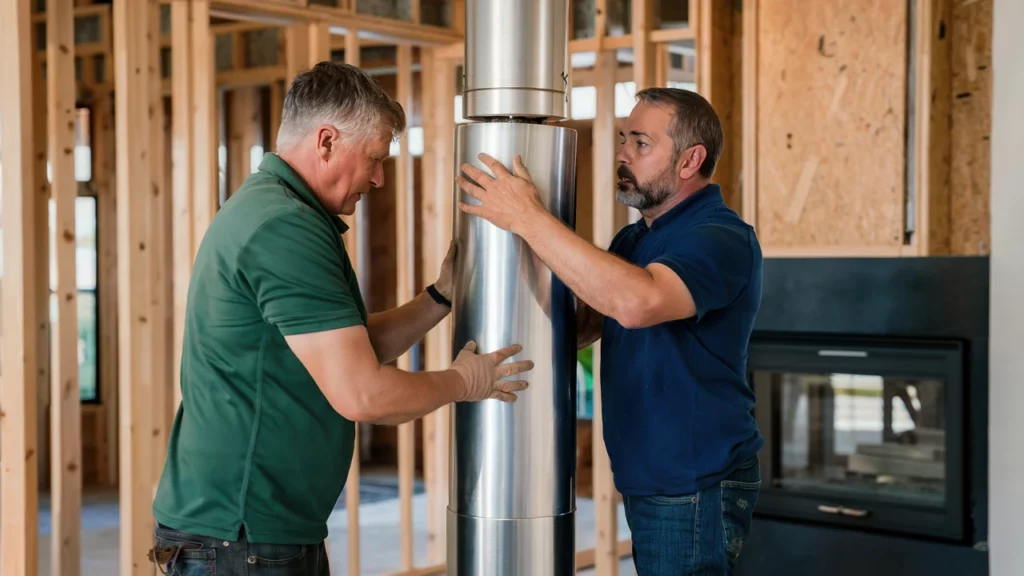
Adequate ventilation is critical for gas fireplace safety. Here’s a chart showing the minimum ventilation requirements based on fireplace BTU output:
Ventilation (sq in)
200 | *
| *
150 | *
| *
100 | *
|_______________
0 20 40 60
Fireplace Output (,000 BTU/hr)
This chart illustrates the relationship between a gas fireplace’s BTU output and the minimum ventilation required. As the fireplace’s BTU output increases, the necessary ventilation area (measured in square inches) also increases. For example, a 20,000 BTU/hr fireplace might require about 100 square inches of ventilation, while a 60,000 BTU/hr unit could need up to 200 square inches.
Operating Your Gas Fireplace Safely
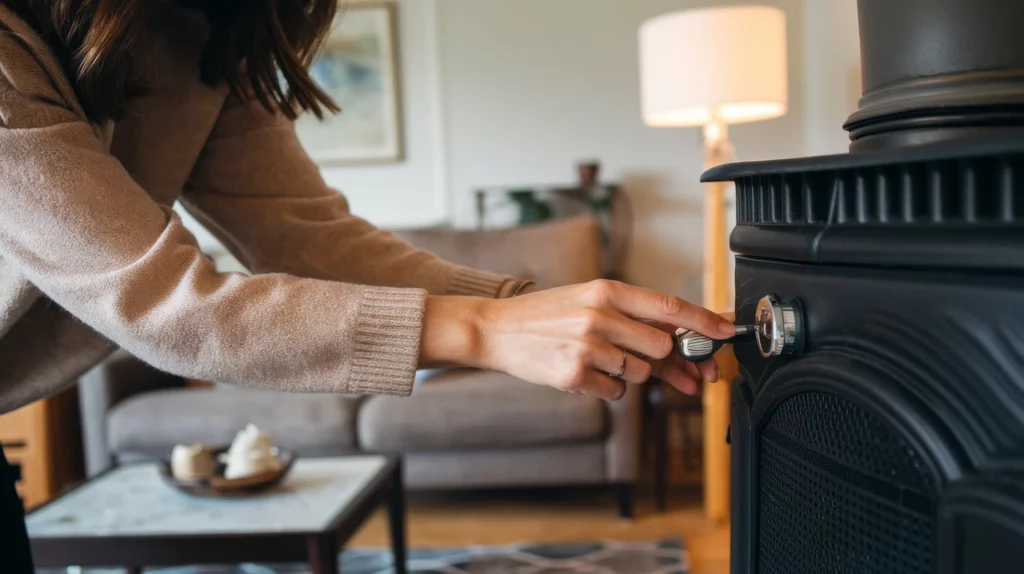
Follow these guidelines for safe operation:
- Read the manual: Familiarize yourself with the manufacturer’s instructions.
- Check for gas odors: If you smell gas, turn off the fireplace and call your gas company immediately.
- Keep the area clear: Maintain a 3-foot clearance around the fireplace.
- Supervise children and pets: Never leave them unattended near an operating fireplace.
- Use proper fuel: Only use the type of gas specified for your fireplace (natural gas or propane).
Carbon Monoxide Safety
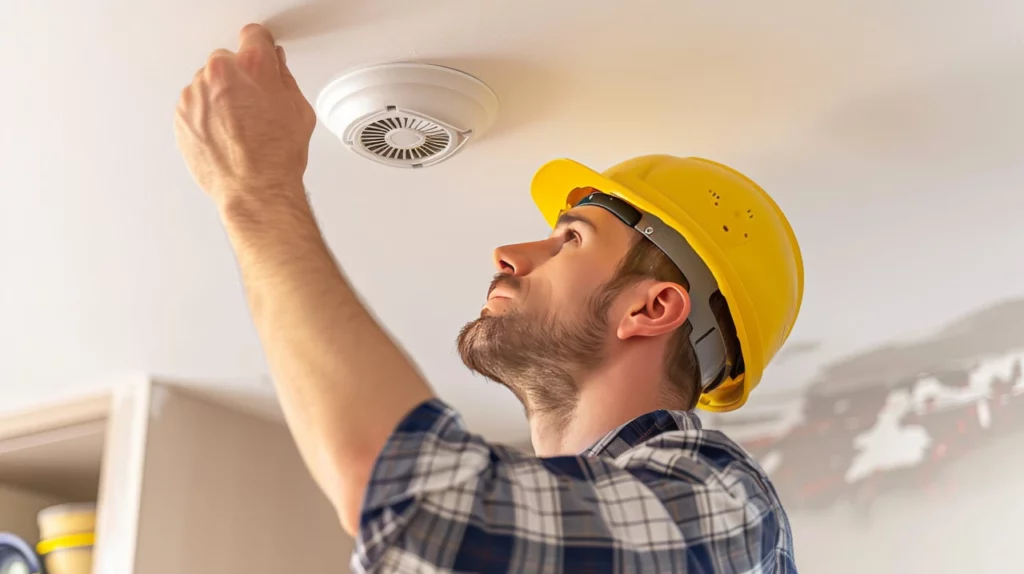
Carbon monoxide (CO) is a silent killer. Protect your household with these measures:
- Install CO detectors: Place detectors on every level of your home and near sleeping areas.
- Test regularly: Check CO detectors monthly and replace batteries annually.
- Know the symptoms: Familiarize yourself with CO poisoning symptoms (headache, dizziness, nausea, confusion).
- Ensure proper venting: Make sure your gas fireplace is correctly vented to the outdoors.
- Never use outdoor appliances indoors: Gas grills and portable heaters can produce dangerous levels of CO.
Emergency Preparedness
Be prepared for potential emergencies:
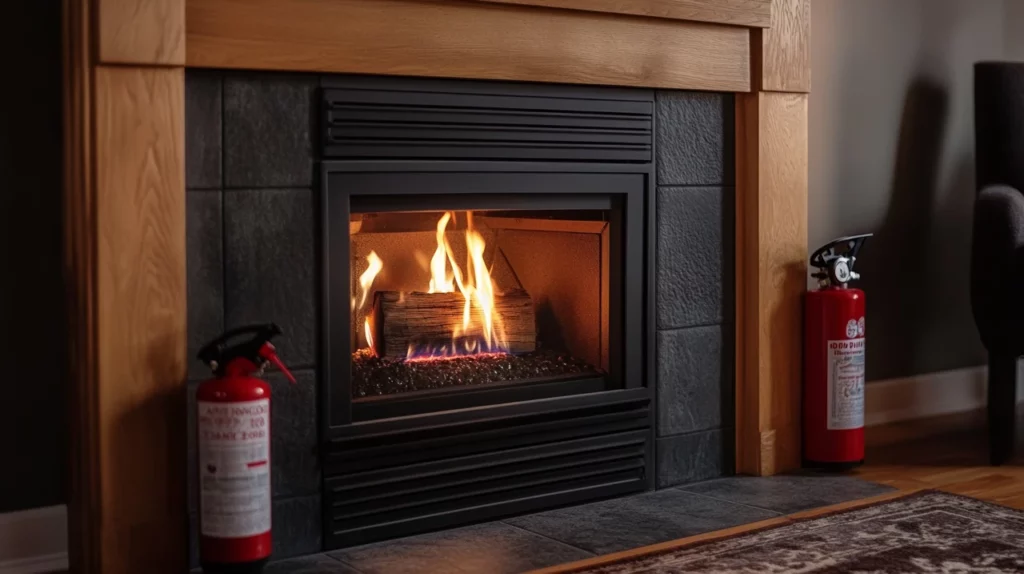
- Create an evacuation plan: Establish and practice a family evacuation plan.
- Keep a fire extinguisher nearby: Have a working fire extinguisher within easy reach.
- Know how to shut off the gas: Learn the location of your home’s main gas shut-off valve.
- Emergency contact list: Post a list of emergency numbers, including your gas company and fire department.
- First aid kit: Maintain a well-stocked first aid kit in your home.
Childproofing Your Gas Fireplace
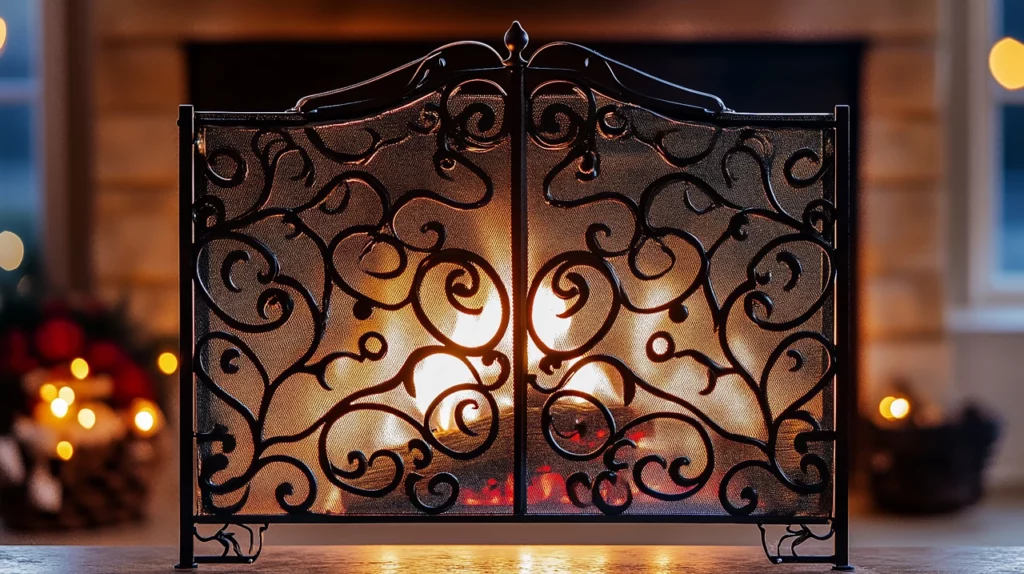
If you have children in your home, take these additional precautions:
- Install a safety gate: Use a fireplace safety gate to keep young children away.
- Educate children: Teach kids about the dangers of touching the fireplace or its controls.
- Store remotes safely: Keep fireplace remote controls out of children’s reach.
- Use heat-resistant barriers: Consider installing additional heat-resistant barriers for extra protection.
- Implement a “no play zone”: Establish a rule that the area around the fireplace is not for playing.
Maximizing Comfort and Efficiency
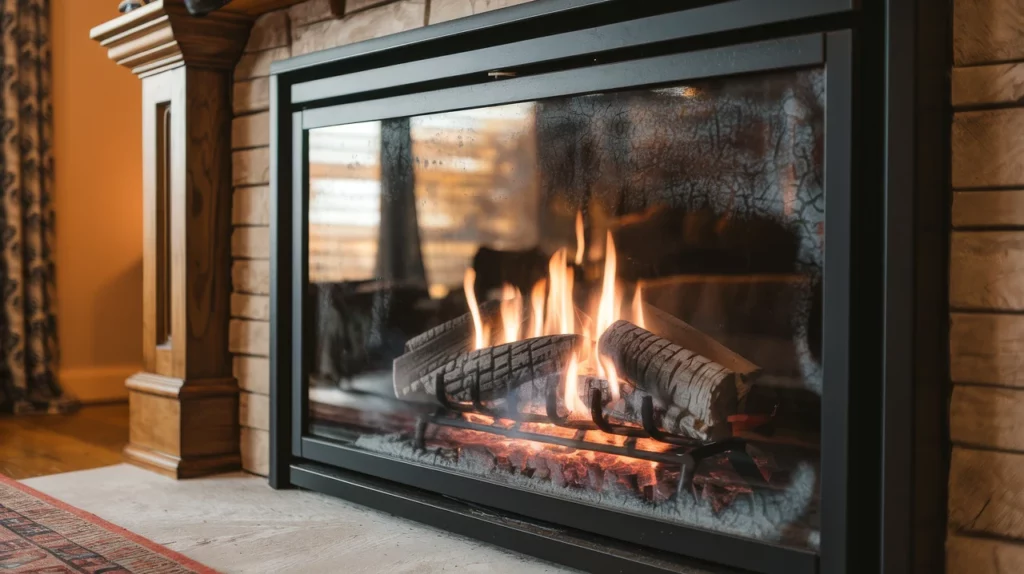
While safety is paramount, you can also optimize your gas fireplace for comfort and efficiency:
- Use a programmable thermostat: Set your fireplace to turn on and off at specific times.
- Clean the glass: Regularly clean the glass front for better heat distribution and aesthetics.
- Adjust flame height: Learn how to adjust the flame height for optimal heat output and ambiance.
- Consider a blower: Install a blower to circulate warm air more effectively throughout the room.
- Use reflective panels: Some fireplaces offer reflective back panels to increase heat output.
Environmental Considerations
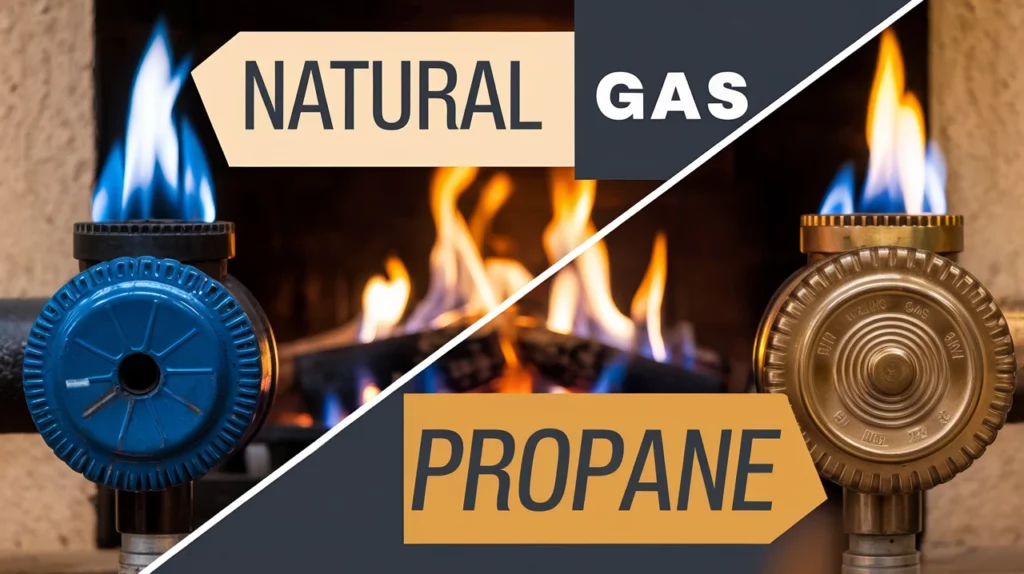
Gas fireplaces are generally more environmentally friendly than wood-burning ones, but there are still ways to minimize their impact:
| Aspect | Environmental Impact |
| CO2 Emissions | Lower than wood, higher than electric |
| Particulate Matter | Minimal compared to wood |
| Energy Efficiency | Generally high, especially sealed units |
| Resource Use | Relies on natural gas or propane |
This table compares various environmental aspects of gas fireplaces. In terms of CO2 emissions, gas fireplaces produce less than wood-burning fireplaces but more than electric options. They emit minimal particulate matter compared to wood fireplaces. Gas fireplaces are generally highly energy-efficient, especially sealed units. However, they do rely on natural gas or propane, which are non-renewable resources.
To further reduce environmental impact:
- Choose a high-efficiency model: Look for fireplaces with high AFUE (Annual Fuel Utilization Efficiency) ratings.
- Use a timer: Set your fireplace to turn off automatically to avoid unnecessary fuel consumption.
- Supplement with renewable energy: Consider pairing your gas fireplace with solar panels or other renewable energy sources.
- Proper insulation: Ensure your home is well-insulated to maximize the efficiency of your heating system.
- Regular maintenance: Keep your fireplace in top condition to maintain its efficiency.
Conclusion

Gas fireplaces offer a convenient and efficient way to heat your home and create a cozy atmosphere. By understanding the potential risks and implementing proper safety measures, you can enjoy the warmth and comfort of your gas fireplace with peace of mind. Regular maintenance, proper ventilation, and adherence to safety guidelines are key to mitigating risks and maximizing the benefits of your gas fireplace.
Remember, safety should always be your top priority. If you’re ever in doubt about the safety or operation of your gas fireplace, don’t hesitate to contact a professional. With the right precautions and knowledge, you can create a safe, comfortable, and inviting space in your home for years to come.










